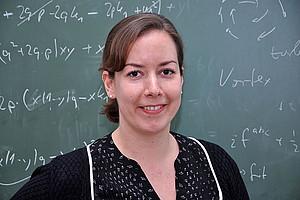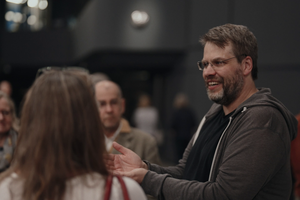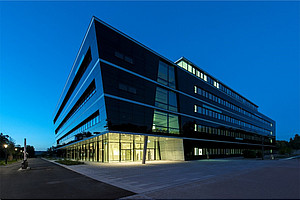What is our world made of? Do the conventional ideas of elementary particles like quarks and electrons really correspond to reality? "If we take our theories seriously, we get a new picture of the basic building blocks of the universe that turns our concept of the laws of nature upside down. We have to rethink our world," says Axel Maas, a physicist at the University of Graz. Together with Philipp Berghofer from the Institute of Philosophy and international colleagues, the researchers resolve contradictions between theory and the previous interpretation of experiments. The interdisciplinary work has been published as a book by Cambridge University Press.
If you believe popular science literature and physics textbooks, our universe is composed of point-like particles. "However, this assumption gives rise to a problem with the theory," Maas and Berghofer say. "Because if we follow the theory consistently, then the elementary building blocks we observe must be more complex objects that have structure and extension."
Physicists were already discussing the existence of a more complex concept of elementary particles in the 1970s and 80s. But because experimental observations allowed a simplified interpretation, these considerations were shelved. This was not the case in philosophy, which always accused physics of not taking a closer look and not questioning its interpretations and their contradiction to theory.
In their publication, the authors now present a constructive solution to the problem based on work from physics over the last 50 years: "We abandon the image of point-like elementary particles and describe them completely anew as extended objects," Maas explains. "This has far-reaching consequences for our understanding of the world and its laws of nature."
For lack of technical possibilities, this cannot yet be confirmed with certainty through experimental observations. "But the probability that we will see the differences clearly in future experiments with a new generation of particle accelerators with which we can measure the extension of particles, is relatively high," says Maas confidently. "Then the textbooks will have to be rewritten."
Publication
Gauge Symmetries, Symmetry Breaking, and Gauge-Invariant Approaches
Philipp Berghofer, Jordan François, Simon Friederich, Henrique Gomes, Guy Hetzroni, Axel Maas, René Sondenheimer
Cambridge Elements




